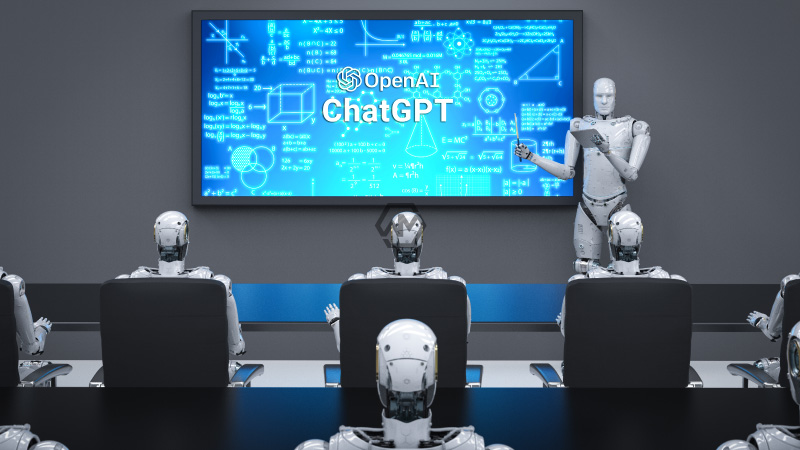One of the individuals’ greatest worries about ChatGPT and simulated intelligence chatbots is what they will mean for the schooling system.
Will the chatbots’ specialized capability make acquiring specific abilities for people out of date? To relieve this issue, a few schools are obstructing understudy and instructor admittance to ChatGPT in their organizations completely. One teacher has adopted a unique strategy.
ChatGPT and AI Chatbots in Classrooms
Ethan Mollick, the teacher at the Wharton School of the College of Pennsylvania, has embraced ChatGPT and man-made intelligence use in his classes as a whole.
His approach sets an assumption that understudies should involve computer-based intelligence for class and figure out how to utilize it well.
The consequences of executing ChatGPT into his schedule were “incredible,” as per Mollick.
To assist understudies with augmenting their artificial intelligence use, Mollick gave his understudies his manual for utilizing artificial intelligence to compose.
He then, at that point, doled out a task that expected understudies to use something like five prompts inside ChatGPT to deliver a five-section exposition.
- The outcomes from the main brief, regardless of how elucidating, consistently brought about an unremarkable C-exposition.
- In any case, utilizing various prompts that gave better directions, understudies had the option to finetune the outcomes.
- Understudies who added client information and co-altered the paper with ChatGPT created the best outcomes.
The fair outcomes one normally sees when understudies reorder from ChatGPT are a consequence of understudies not giving in any genuine exertion something to do with the chatbot and producing a quality substance, Mollick battles.
“Getting a simulated intelligence to create significant substance requires both subject aptitude and expertise.”
Mollick says that regardless of whether he embraces man-made intelligence, it is all over. Indeed, even before he showed understudies how to utilize the computer-based intelligence chatbot to produce project thoughts, understudies were at that point making it happen. The aftereffects of artificial intelligence help with project thought age was likewise sure.
“This has provoked more noticeable assignment accomplishment rates and more associated with gatherings.”
Mollick saw drawbacks, for example, understudies lifting their hands less in class since they can simply ask the chatbot later for a top-to-bottom clarification without going through talking before the whole class.



